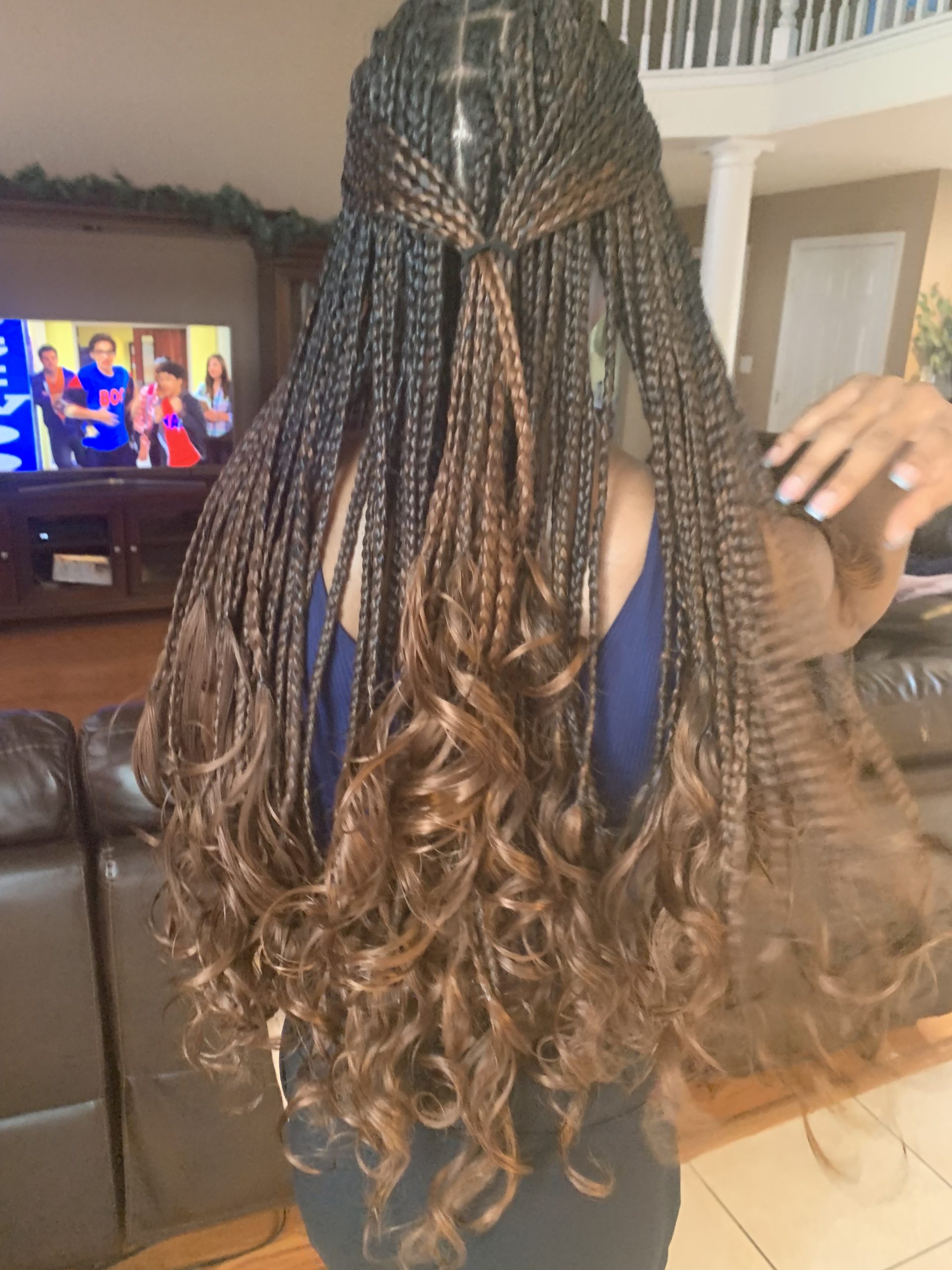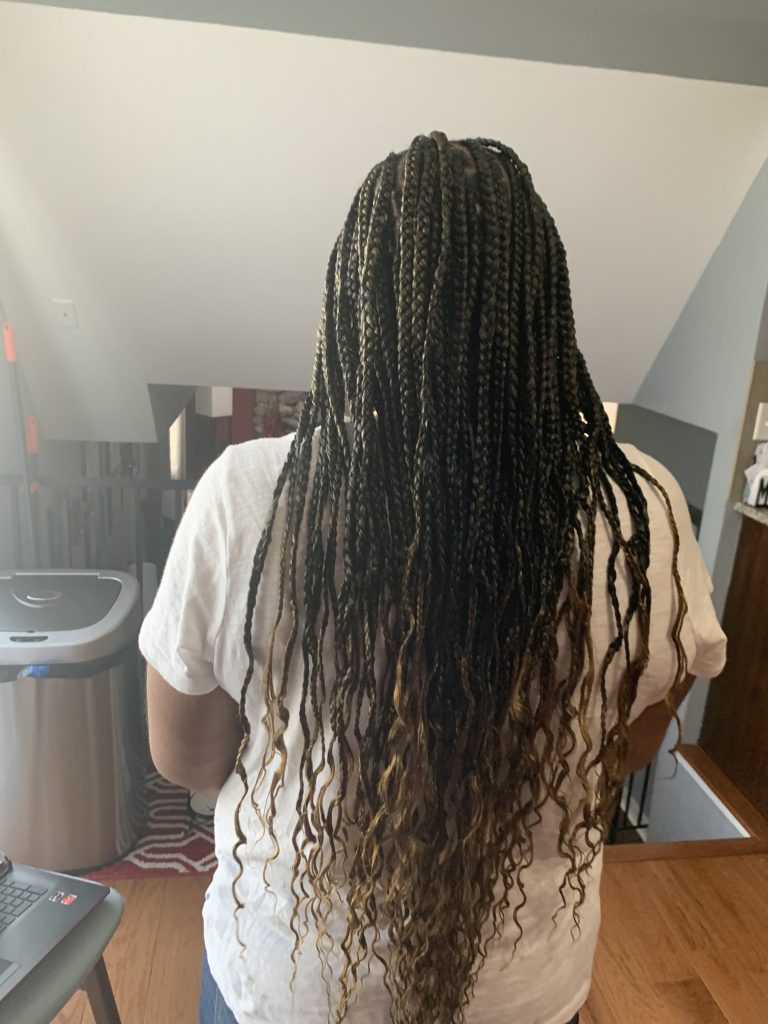

Introduction
Braids, those intricate and mesmerizing patterns formed by weaving strands of hair together, have been an integral part of human culture for thousands of years. These timeless and versatile hairstyles have not only served practical purposes but have also held deep cultural significance across the globe. In this article, we will explore the importance of braids, delving into their historical roots, practical benefits, and the rich cultural tapestry they have woven throughout history.
Braids in History
The history of braids dates back to ancient times, making them one of the oldest known hairstyles. Archaeological findings suggest that braided hairstyles have been utilized by various cultures worldwide for over 5,000 years. In Egypt, intricately braided wigs have been found in ancient tombs, indicating that braids were a symbol of prestige and fashion during the Pharaonic era. In Greece, women would often braid their hair in elegant patterns and adorn their braids with jewelry to signify their social status.
The practicality of braids was not limited to aesthetics; they were also essential for protection and convenience. For warriors in many cultures, braiding hair kept it out of their face during battles, ensuring clear vision and safety. It was also common among laborers to braid their hair, as it kept hair neat and out of the way while they worked. Braids provided not only a functional solution but also served as a means of self-expression and identity.
Practical Benefits of Braids
Braids are more than just a fashion statement; they offer several practical benefits, making them a versatile choice for people of all ages, genders, and hair types.
- Hair Protection: Braids act as a natural shield, reducing exposure to harsh environmental factors, such as wind, sun, and pollution. They can help protect hair from damage, prevent split ends, and maintain hair health.
- Low Maintenance: Braids are known for their low-maintenance nature. Once done, they can last for days or even weeks with minimal upkeep, making them a practical choice for individuals with busy lifestyles.
- Versatility: Braids are incredibly versatile, allowing for a wide range of styles and adaptations. Whether it’s a simple three-strand braid, a French braid, or intricate cornrows, braids can suit various occasions and preferences.
- Hair Length Maintenance: Braids help manage the length of one’s hair, especially for individuals who want to maintain a certain hair length without frequent trims. They can also be an excellent solution for transitioning from relaxed or straightened hair to natural textures.
- Reduced Hair Tangling: Braids significantly reduce hair tangling, which can be a common issue for individuals with longer or curly hair. This reduces the need for extensive detangling and minimizes hair breakage.
Cultural Significance
Braids hold a deep cultural significance in numerous societies, often serving as a symbol of identity, heritage, and belonging. They have been used to convey social status, express religious beliefs, and carry messages of unity and solidarity.
- African Braiding Traditions: In many African cultures, braids have a rich history and cultural significance. Traditional African braiding styles, such as cornrows, twists, and box braids, not only showcase exquisite artistry but also carry cultural stories, rituals, and familial ties.
- Indigenous American Braids: Indigenous communities in the Americas have long used braids as a way to convey tribal affiliations and heritage. The style, type, and intricacy of the braids can often reveal important cultural information.
- Religious and Spiritual Significance: In various cultures, braids are a symbol of religious devotion and spirituality. In Sikhism, for example, the uncut hair of a Sikh is typically tied into a braid, known as a “keski,” which reflects their commitment to their faith.
- Identity and Rebellion: Braids have played a role in movements for racial and social justice. In the African diaspora, hairstyles like afros and braids have been used as symbols of Black pride and resistance against Eurocentric beauty standards.
Conclusion
Braids are more than just a hairstyle; they are a testament to the rich tapestry of human history and culture. Their practicality, elegance, and cultural significance have ensured their enduring presence throughout the ages. Whether you appreciate braids for their protective qualities, artistic beauty, or the deep cultural messages they carry, it is evident that braids will continue to weave their way into our lives and hearts for generations to come. Embracing the art of braiding means embracing a connection to the past, a celebration of diversity, and an acknowledgment of the beauty and importance of cultural heritage.